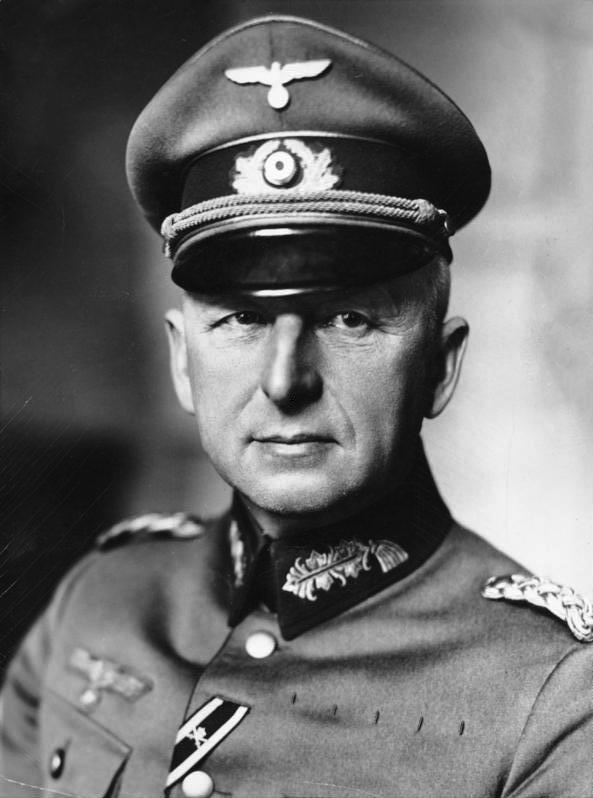Migration Era 101: Primer and Overview
Oct 21, 2021 6:31:13 GMT
via mobile
Deleted, Gerd von Rundstedt, and 2 more like this
Post by Hobo Joe on Oct 21, 2021 6:31:13 GMT
In seeing that the new European War game at least has one Conquest set in the Migration Era, I have decided it might be a good idea to write a series on this time period..The following is a simple overview, primer, or Cliff's notes. Whatever you want to call it.
The Migration Era largely refers to a period of time between 300-800, leading up to and into the Dark Ages and Viking Era, and modern academia tends to heavily emphasis on the downfall of the Roman Empire in this time period.
"Barbarian" or "Non-Civilized" and Non-Roman peoples, such as Germanic tribes and, most notably, the Huns were the catalyst for this period of destruction in the Western Empire.
This period is so-named for the mass invasion and migration of Non-Romans into Imperial borders. These invasions and waves of migrations occured for several reasons, chiefly, the weakening of the Roman Empire leaving it exposed and vulnerable, as well as pressure to flee from the Huns.
The mass migration of non-cooperative Barbarians, invasions by Barbarians, and gross administrative failure and the collapse of central authority would eventually lead to the collapse of the Western Roman Empire and the end to Rome as it is typically defined, now only existing in the East.
The first wave, and the beginning of the era, began with the conflict between the Huns and Tervingi tribe of Goths, who subsequently fled across the Danube in 376 AD. The Tervingi, alongside the Visigoths (A blended culture of Goths who traveled West) would then invade Italy and sack Rome in 410, making there way into modern-day Spain where they settled, establishing themselves a Kingdom there.
Later, Northern tribes of Germanics such as the Heruli and Rugii (of which, I am, interestingly, a descendant of the Rugii. Yay me.), led by one Odoacer (we'll go deeper into him in another post, fascinating character), would establish their own Kingdom in the Visigoth's wake, followed by Theodoric and his Ostrogoths who also settled in Italy.
The Second Wave saw Slavic tribes, as opposed to the Germanics of the First Wave, begin their own push into the land once occupied by tribes now migrating westward, until almost all of Eastern Europe was Slavic, the result of this still being seen today. They were soon followed by Turkish tribes, who, alongside the Longobards (another Germanic tribe), would topple the Gepid Kingdom in modern day Romania and Hungary, the Longobards continuing Westward to settle in Italy, becoming the modern day Lombards. The Franks and Bavarians followed suit, conquering much of Italy by the end of the 6th century.
Rome, by the end of the era, saw itself posessed by a Barbarian Kingdom of Italy, with all of her European posessions in Gaul and Hispania owned by Kingdoms of Barbarians, and plundered of wealth.
The Migration Era largely refers to a period of time between 300-800, leading up to and into the Dark Ages and Viking Era, and modern academia tends to heavily emphasis on the downfall of the Roman Empire in this time period.
"Barbarian" or "Non-Civilized" and Non-Roman peoples, such as Germanic tribes and, most notably, the Huns were the catalyst for this period of destruction in the Western Empire.
This period is so-named for the mass invasion and migration of Non-Romans into Imperial borders. These invasions and waves of migrations occured for several reasons, chiefly, the weakening of the Roman Empire leaving it exposed and vulnerable, as well as pressure to flee from the Huns.
The mass migration of non-cooperative Barbarians, invasions by Barbarians, and gross administrative failure and the collapse of central authority would eventually lead to the collapse of the Western Roman Empire and the end to Rome as it is typically defined, now only existing in the East.
The first wave, and the beginning of the era, began with the conflict between the Huns and Tervingi tribe of Goths, who subsequently fled across the Danube in 376 AD. The Tervingi, alongside the Visigoths (A blended culture of Goths who traveled West) would then invade Italy and sack Rome in 410, making there way into modern-day Spain where they settled, establishing themselves a Kingdom there.
Later, Northern tribes of Germanics such as the Heruli and Rugii (of which, I am, interestingly, a descendant of the Rugii. Yay me.), led by one Odoacer (we'll go deeper into him in another post, fascinating character), would establish their own Kingdom in the Visigoth's wake, followed by Theodoric and his Ostrogoths who also settled in Italy.
The Second Wave saw Slavic tribes, as opposed to the Germanics of the First Wave, begin their own push into the land once occupied by tribes now migrating westward, until almost all of Eastern Europe was Slavic, the result of this still being seen today. They were soon followed by Turkish tribes, who, alongside the Longobards (another Germanic tribe), would topple the Gepid Kingdom in modern day Romania and Hungary, the Longobards continuing Westward to settle in Italy, becoming the modern day Lombards. The Franks and Bavarians followed suit, conquering much of Italy by the end of the 6th century.
Rome, by the end of the era, saw itself posessed by a Barbarian Kingdom of Italy, with all of her European posessions in Gaul and Hispania owned by Kingdoms of Barbarians, and plundered of wealth.






